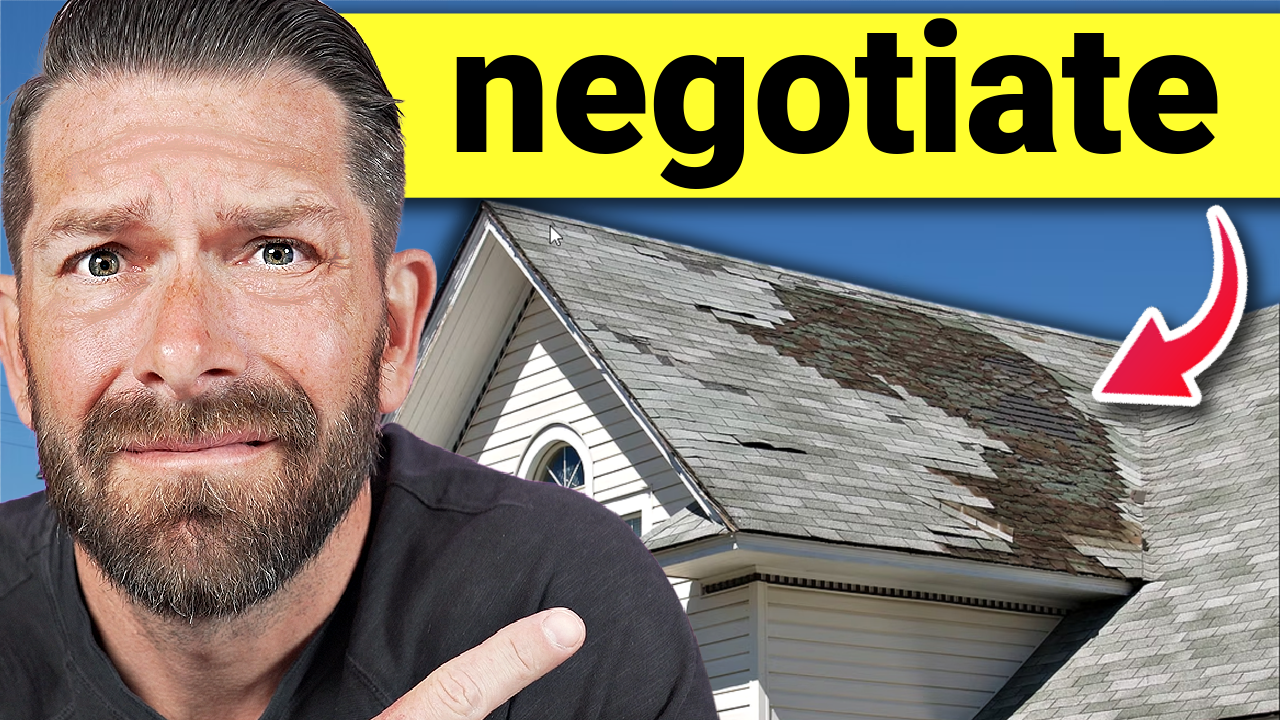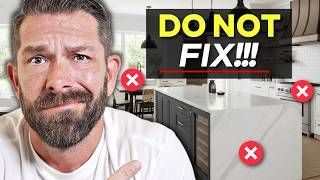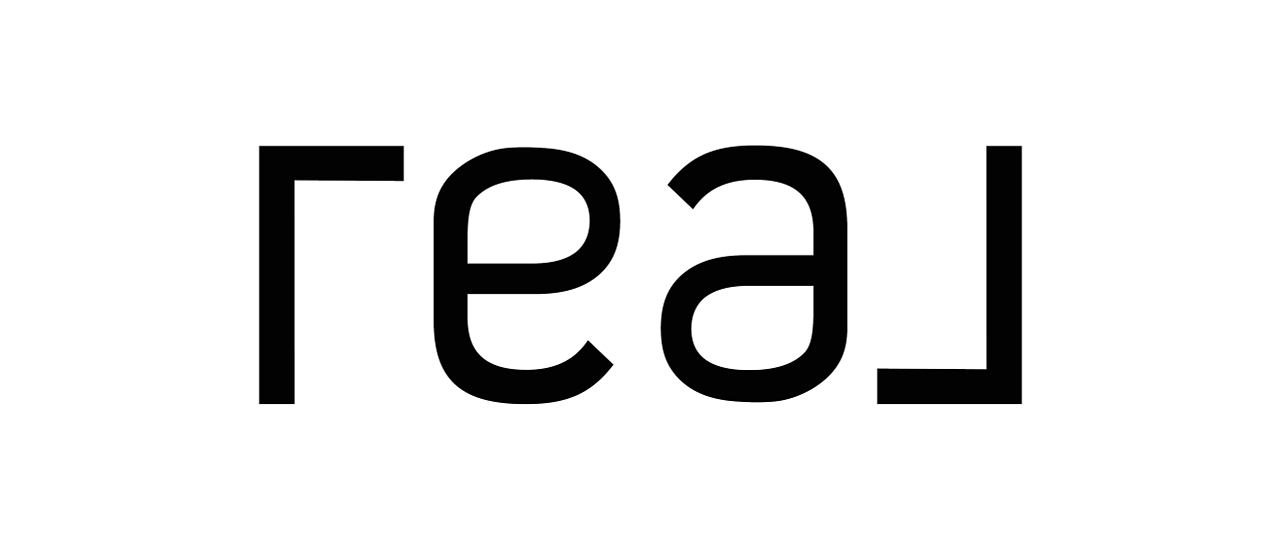FHA vs. Conventional Loans: Which Mortgage Option Will Save You Thousands?
Get The Latest OC Housing Report
FHA vs. Conventional Loans: Which Mortgage Option Will Save You Thousands?
Watch the full breakdown with real examples and expert guidance. Start your loan journey here.
First-time buyers often believe FHA loans are for bad credit and no money down. They’re wrong. And that mistake could be costing you thousands.
In this post, we’ll compare FHA and conventional loans in-depth—covering down payments, credit score requirements, mortgage insurance, debt-to-income ratios, loan limits, and more. If you’re buying a home with 3%, 5%, or 10% down, understanding the pros and cons of each loan type could dramatically impact your monthly payment.
What’s the Difference Between FHA and Conventional Loans?
Let’s clear up a myth: FHA loans are not just for first-time buyers or those with poor credit. Any buyer can use FHA or conventional financing depending on eligibility. The real difference lies in the credit score requirements, down payment flexibility, and how mortgage insurance is handled.
| Criteria | FHA | Conventional |
|---|---|---|
| Minimum Credit Score | 580 (3.5% down), 500 (10% down) | 620 |
| Minimum Down Payment | 3.5% | 3% |
| Mortgage Insurance | Required for life (unless 10% down) | Drops at 20-22% equity |
| Upfront Mortgage Insurance | 1.75% of loan amount | None |
| Interest Rates | Typically lower | Higher with lower credit |
| DTI Ratios | Up to 57% | Typically capped at 49.99% |
FHA Loan Breakdown
Credit Scores and Down Payment
FHA loans allow down payments as low as 3.5% with a 580+ credit score. If your score is between 500-579, you’ll need at least 10% down.
Recommendation: If your score is near the minimum, take time to improve your credit. Even 20-40 points can save you thousands.
Mortgage Insurance
- Upfront: 1.75% of loan amount (can be financed).
- Monthly: 0.55% of loan amount.
- Duration: Life of the loan unless you put down 10% (then drops after 11 years).
Example:
Home Price: $500,000 | Down Payment: 3.5% | Rate: 6.25%
Loan: $482,500
Upfront MI: $8,443 (financed)
Final Loan: $490,943
Total Monthly: ~$3,856
Conventional Loan Breakdown
Credit Scores and Down Payment
Conventional loans allow 3% down with a 620+ score. Best rates start at 740+.
Mortgage Insurance
- No upfront mortgage insurance
- Monthly MI varies (based on credit & down payment)
- Drops at 20-22% equity
Example:
Home Price: $500,000 | Down Payment: 3% | Rate: 6.875%
Loan: $485,000
Monthly MI: ~$121 (for 780+ score)
Total Monthly: ~$3,911
Debt-to-Income (DTI) Ratio Comparisons
FHA DTI Limits:
- Front-End: 47%
- Back-End: 57%
Conventional DTI Limits:
- Max: 49.99% with strong credit/reserves
Mortgage Insurance Showdown: FHA vs. Conventional
| Feature | FHA | Conventional |
|---|---|---|
| Upfront MI | Yes (1.75%) | No |
| Monthly MI | 0.55% fixed | Varies |
| Cancellation | After 11 yrs (10%+ down) or never | At 20-22% equity |
FHA vs. Conventional: Payment Comparison
Assumptions:
$500,000 Home | 1.1% Property Tax | $145/month Insurance
- 3.5% Down: FHA ~$3,856 | Conv ~$3,911
- 5% Down: FHA ~$3,868 | Conv ~$3,799
- 10% Down: FHA ~$3,633 | Conv ~$3,616
Property Requirements and Loan Limits
FHA:
- Stricter property safety rules
- Condos must be FHA-approved
- County-based loan limits
Conventional:
- Appraisals focus on value
- Condos don’t need FHA approval
- Generally higher loan limits
Final Thoughts: Which Loan Should You Choose?
If your credit is under 680 or you need flexible qualifications, FHA may be better.
But if you’ve got 700+ credit and can do 5% down, conventional will likely save you more long-term.
Get Expert Guidance Today
CTA: Want a personalized loan strategy? Start here











